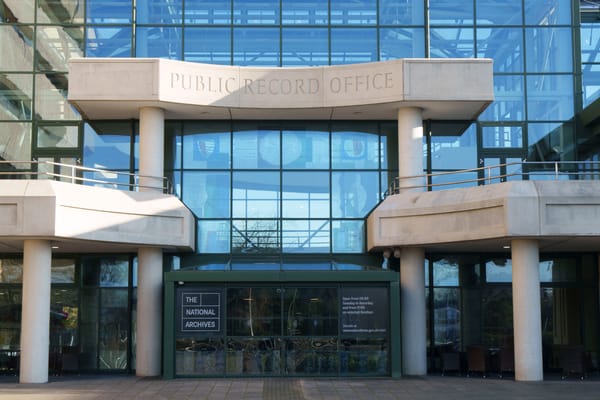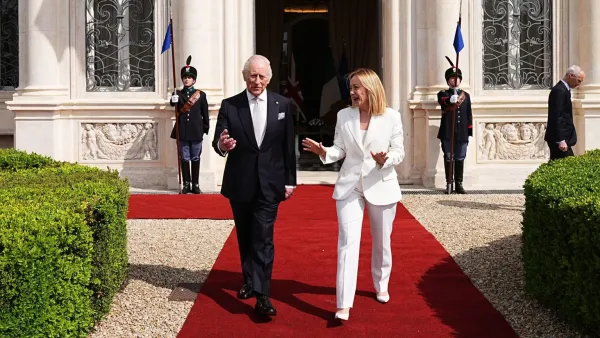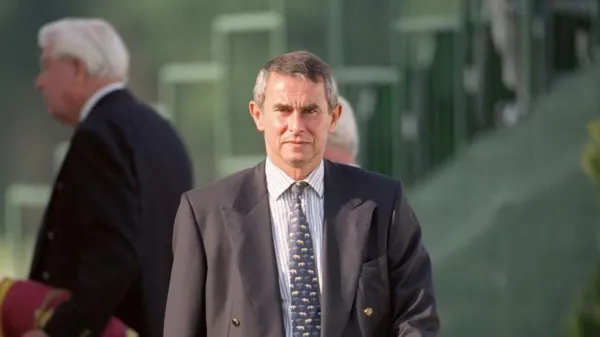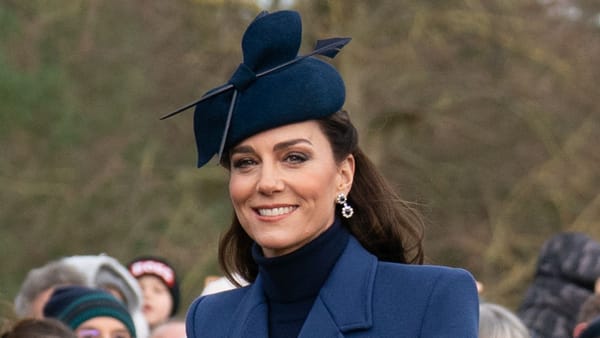King Charles Welcomes New Canadian PM Mark Carney in Symbolic Show of Support
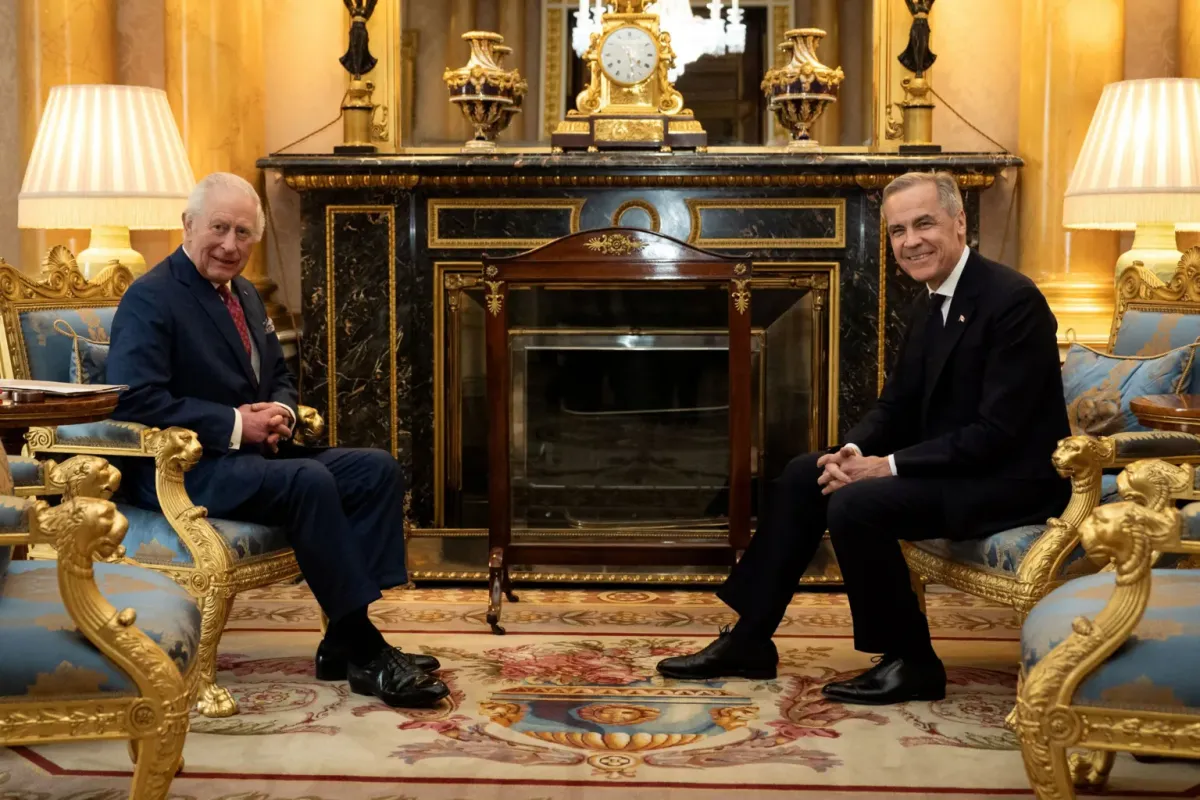
King Charles met with Canada’s newly appointed Prime Minister, Mark Carney, at Buckingham Palace in what appeared to be a carefully choreographed display of solidarity with the Commonwealth nation.
Dressed in a red tie—a subtle nod to Canada—the King greeted Carney warmly, sharing a lighthearted moment about the prime minister’s broken Order of Canada pin. “Do you want another one?” the King joked, before the two sat down for a private 30-minute discussion.
While the details of their conversation remain undisclosed, the meeting underscored the King’s ongoing commitment to Canada at a time of heightened political tension. With former U.S. President Donald Trump renewing economic threats and even suggesting Canada should become America’s 51st state, the monarch finds himself navigating a delicate diplomatic landscape.
Despite his constitutional limitations, King Charles has sent repeated signals of support for Canada. His scheduled visit to the country in 2024 was postponed due to his cancer diagnosis, but insiders suggest that once Canada’s elections conclude, rescheduling the trip will be a priority.
In recent months, the King’s gestures have been unmistakable. He wore Canadian military medals during a visit to HMS Prince of Wales, sent an unusually effusive message celebrating the 60th anniversary of Canada’s maple leaf flag, and presented a ceremonial sword to Canadian representatives at Buckingham Palace. Even small details—like selecting a maple tree for a royal planting ceremony or sitting on a Canadian-made chair at the Commonwealth Service—have not gone unnoticed.
However, some Canadians remain frustrated by what they perceive as lukewarm support in the face of U.S. antagonism. Letters to the BBC’s Royal Watch newsletter have expressed disappointment, with one Canadian military veteran calling for a stronger stance from the monarch. Others have criticized the UK’s decision to extend another state visit invitation to Trump, seeing it as an affront to Canada.
Yet, as King Charles walks a diplomatic tightrope, his role remains one of symbolic gestures rather than political intervention. Bound by the advice of UK ministers, he must maintain relations with both Canada and the United States—no easy task when the two countries are at odds.
For now, his actions continue to speak louder than words, subtly reinforcing his enduring connection to Canada while avoiding direct confrontation with the shifting political winds.


